The 3 Most Popular Shed Skylight Options – Reviewed
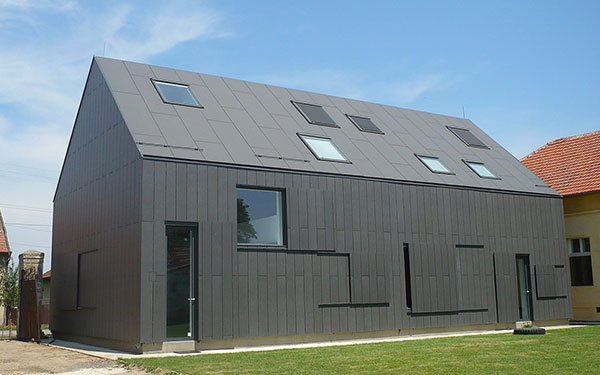
This guy wen't a little overboard with the skylights. You won't need this many
Quick Navigation
NOTHING IS WORSE THAN trying to work in a damp, dark shed. If this is what you are dealing with, it's no wonder you never spend any time working in your shed.
Most sheds are lucky to have a door and maybe a single window. When this is all you have to deal with, your shed spends most of its time in the dark.
One easy way to remedy this problem, create more light, better airflow, and keep the temperature more stable in your shed, is to install one (or more) skylights. This simple addition can be relatively inexpensive, easy to install and help you reap 5 big benefits in your shed
5 Benefits of Installing Skylight in Your Shed
There are so many reasons to add a skylight or two to your shed, it can be hard to know where to start. So let's start with the basics and move on from there.
1. Add Natural Light
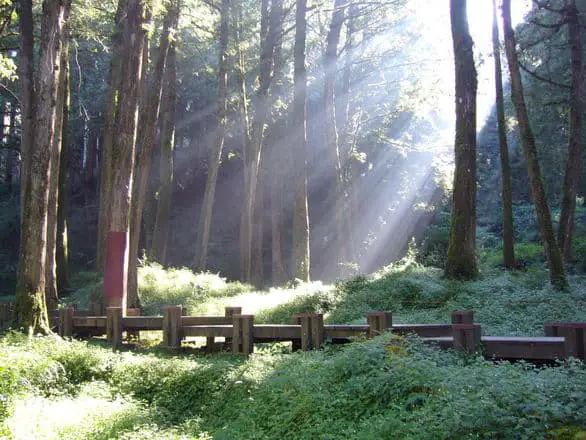
Obviously installing one or more skylights in your shed is going to let in more light than a solid roof. This extra light will make it much easier to see what you are doing, without the need to turn on the lights.
More importantly, natural light is far better than electric light for a range of projects from painting to growing plants. Nothing beats natural light, especially for anyone who is an artist.
2. Reduce Electricity Consumption
Now that you have more than your fair share of natural light, go ahead and turn off the overhead lights and leave them off until you absolutely no choice but to turn them on. Installing one or more skylights in your shed can significantly reduce your annual electricity bill.
3. Heat up and Cool Down
While most of us know skylights let in plenty of light from the sun, how many of you know they also help to keep your shed warmer during the colder months. Even during the winter, the sun's rays contain a certain amount of heat.
The skylights will let this heat in, along with the added light, helping to further reduce your energy bill and keeping your shed a little warmer all winter long.
4. Prevent Mold and Mildew
If your shed has been left in the dark for a long time, chances are good it has a buildup of mold and mildew. This is often caused by a lack of airflow just as much as it is a lack of natural light. By opening the skylight and letting fresh air and light in, you can eliminate this problem once and for all.
5. Remove Stale Air
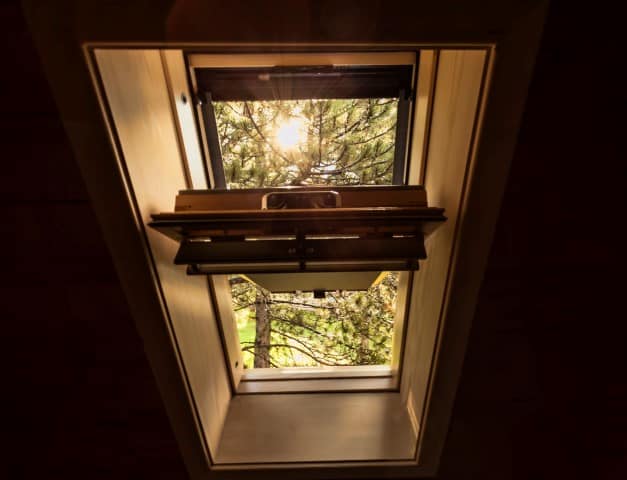
Stale air may not be something you have given much thought to.
Your shed can be full of fumes from your last project or worse yet full of mold and mildew spores that are definitely bad for your health. Adding one or two skylights can help to quickly dissipate stale air, leaving behind a much fresher smelling environment to work in.
As you can see, there are many reasons why installing one or more skylights in your shed, barn, or garage can make it a far friendlier place to hang out and get things done, all year long.
3 Main Skylight Options
While there are a number of different styles of skylight such as dome, flat, tinted, glass, Perspex, and more, there are only three main types of skylight, each of which has its advantages and disadvantages. These are fixed, ventilating, and tubular. Let's take a closer look at each of these and what they have to offer.
1. Fixed Skylight
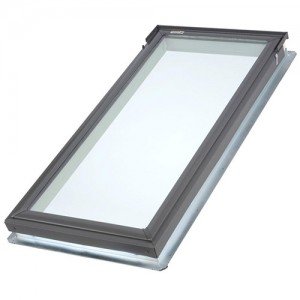
Courtesy of Amazon
In essence, fixed skylights are those that are not designed to be opened. They are installed in your shed's roof as a way to let in more light. They can be made of glass or Perspex and come in clear or with variable levels of tint to restrict just how much light comes in.
Fixed skylights are among the most popular for use in houses as most people don't need the extra ventilation offered by skylights that can be opened in their homes. These are typically the least expensive types of skylights.
In most cases installation of this type of skylight requires little more than cutting the appropriate size hole in your roof and then following the instructions that came with the skylight you have chosen. While some brands require the construction of a frame, others come complete and ready to mount directly to the roof.
This video shows you how to prepare your roof and then how to install your skylight. Be sure to use the appropriate safety gear at all times when using power tools. Follow all instructions included with the skylight to ensure your installation is completed properly and that your skylight will not leak.
Installation video courtesy YouTube via Great Canadian Roofing & Siding
2. Ventilating Skylight
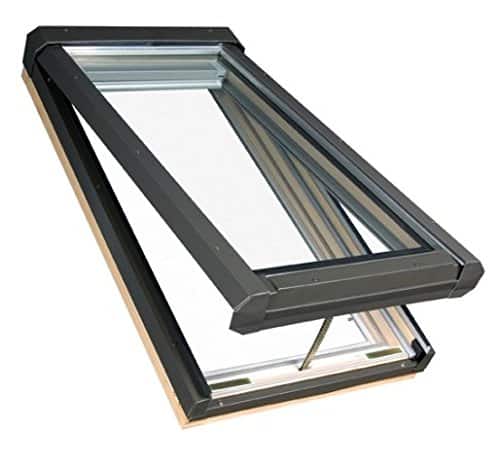
Courtesy of Amazon
Obviously, these are skylights that can be opened to let damp air out and to let in the fresh air your shed needs to stay cool and dry all summer long.
You can also open them on those sunny winter days to bring in a little welcome heat. They come in both manual and automatic versions.
Powered skylights can be operated in several ways:
- A wall mounted switch
- A remote control unit
- A timer set to open and close them at set times of the day
- A thermostat set to ventilate your shed when the temperature reaches a preset point
3. Tubular Skylight
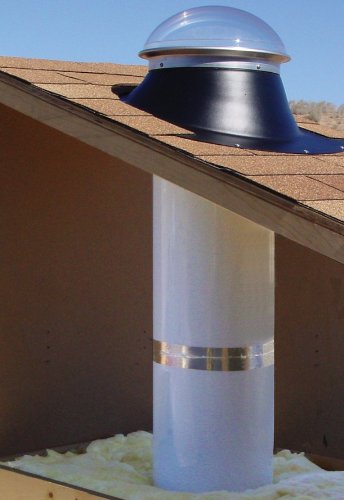
Courtesy of Natural Light Energy Systems
The tubular skylight is the latest design on the market and typically consists of a smaller circular skylight that is mounted on the exterior of the roof.
Attached to this is a tube that runs from the roof down through the attic or crawlspace and then through the ceiling.
You can, of course, use this type of skylight, even if your shed does not have a ceiling, to provide localized natural lighting such as you might want in an area where you have plants growing or where you plan to work.
This type of skylight is popular among artist for use over their work table or easel as it can provide a significant amount of natural lighting.
The light comes in via the skylight and is directed through a tube that is typically 10 to 14 inches in diameter to the room below. This particular design provides a concentrated "beam" of light that is focused on a particular area rather than being spread out over the entire room.
Because tubular skylights provide directed lighting, you may not find them a good fit for use in your shed.
Follow along as these professionals show you how to install a tubular skylight on your roof.
Installation video courtesy YouTube via Brennan Morrow.
4 Materials Used for Skylights
There are a number of different materials used to create skylights, each offers a varying level of performance, cost, energy efficiency, and light transmission.
Among the many things to consider when choosing the best material for your skylight are the need for visibility (will you be able to see through your skylight clearly) and the amount of light transmission needed for your particular application.
The most common materials used are glass, acrylic plastic, polycarbonate, copolyester plastic, and fiberglass.
1. Glass
Glass is the original material used to construct skylights and has a lot to offer.
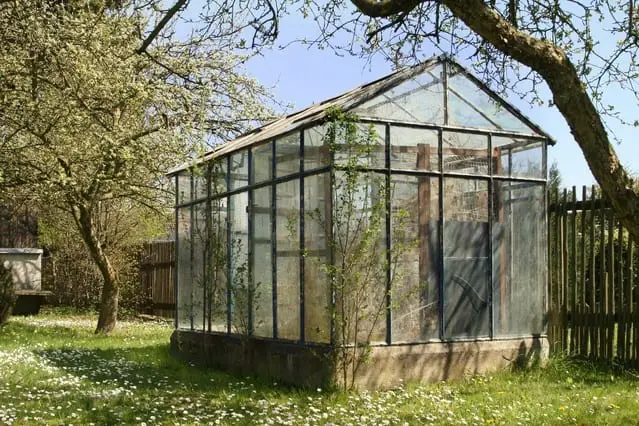
Pros | Cons |
|---|---|
Durability | Heavy |
Long life | Hard to form into different shapes |
Scratch resistant | Single layers, not energy efficient |
Can be coated with a range of light diffusing materials to vary the type and amount of light allowed through | Can be expensive |
Multiple layers of glass with a barrier in between can be very energy efficient |
2. Plexiglass (Acrylic Plastic)
First developed in 1929, acrylic plastic is one of the most common materials used in today's skylights.
(Plexiglass is a common brand name for acrylic. So for this purpose we have classified them the same)
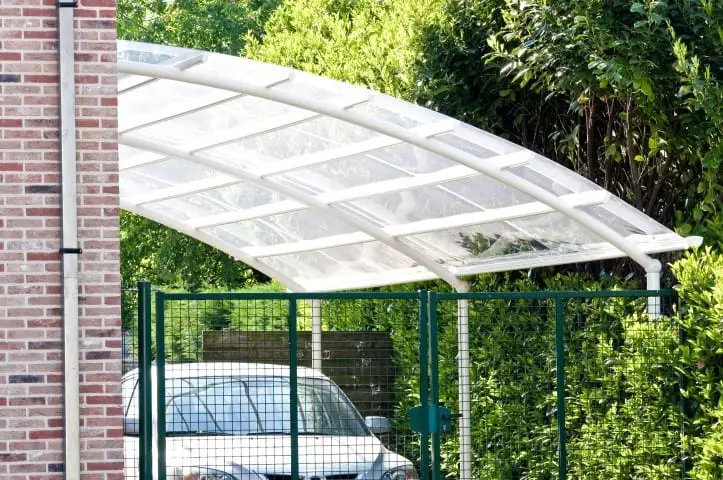
Pros | Cons |
|---|---|
Lightweight | Can crack after extended exposure to UV light |
Easy to mold into shape | May scratch easily |
Easy to cut | |
High impact performance | |
Available in transparent or translucent versions |
3. Polycarbonate
First produced in 1953, this "space age" materials was first used in the military for a variety of purposes. It typically comes in corrugated sheets which makes it good for doing large areas
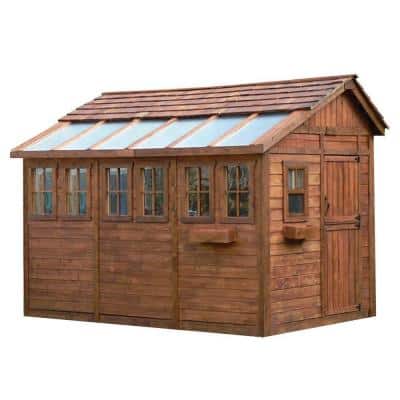
Pros | Cons |
|---|---|
Lightweight | Harder to form |
High impact performance | Harder to cut |
Available in transparent or translucent versions | Uses more energy to form |
4. Fiberglass
Fiberglass is hard to find as a material used for skylights and isn't commonly used. It generally is translucent and a very strong option for use in skylights
Pros | Cons |
|---|---|
Lightweight | Can crack after extended exposure to UV radiation |
Easy to cut | Not easily formed |
High impact performance |
Translucent only (not clear) |
Offers excellent light diffusion |
|
Final Thoughts
In the end, you need to carefully consider what you use your shed, barn, or garage for and how much light or ventilation it requires. Each of the different types of skylight has a lot to offer. Another important aspect you need to take into consideration is your local climate.
If you live in a hot humid region, you will most likely be better off with skylights that can be opened to provide your shed with adequate ventilation.
When you get right down to it, only you can make the right choice, but bear in mind that cost should be one of the last things factored into your decision. Your best bet is to read a number of reviews and see how the different types of skylights worked for others, this can help you make the right choice.
Let me know how you go by contacting me here
Thanks for reading
Want to start a conversation and learn about other people's experiences with skylights for sheds. Then click share on your favorite social network
Related Articles:
